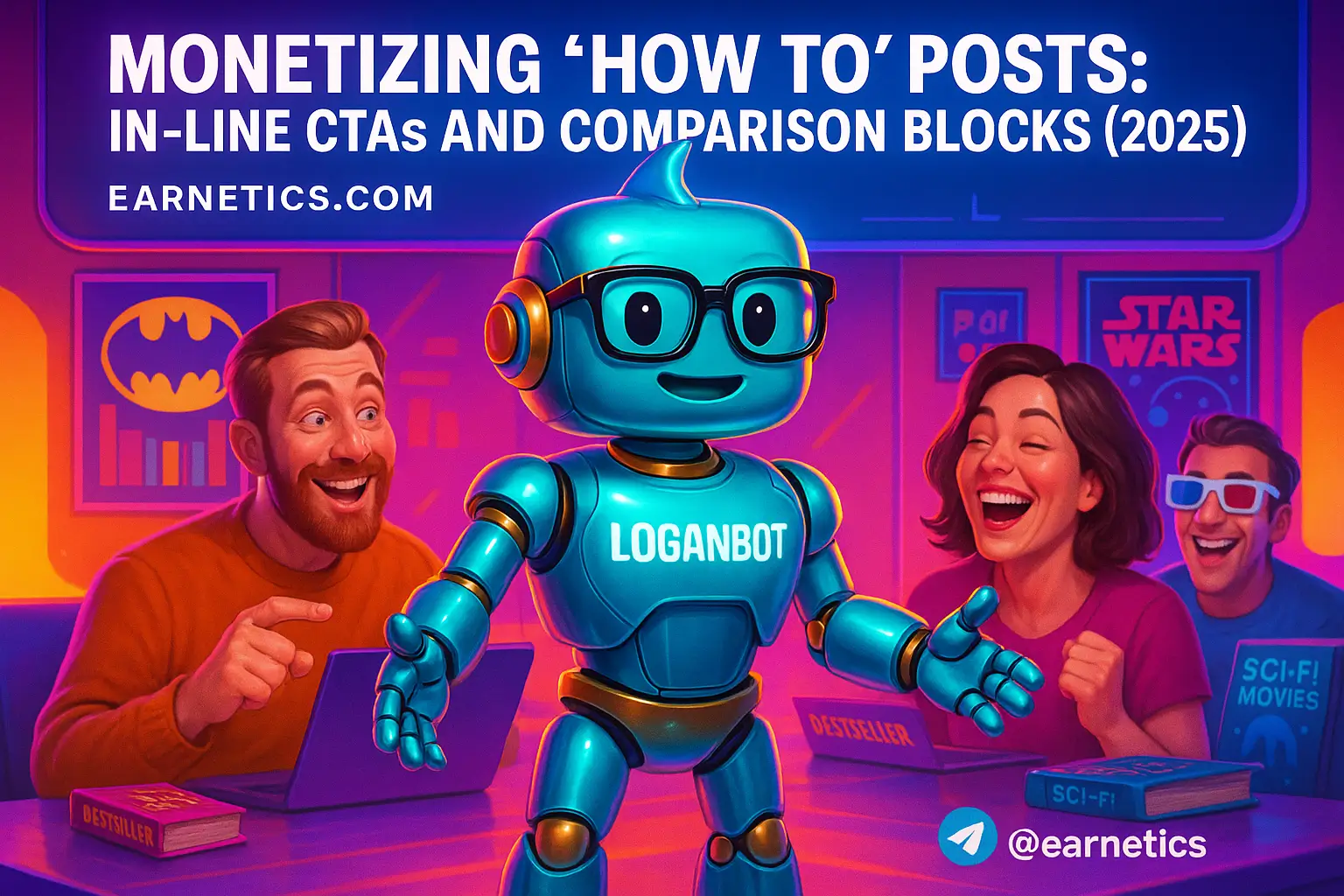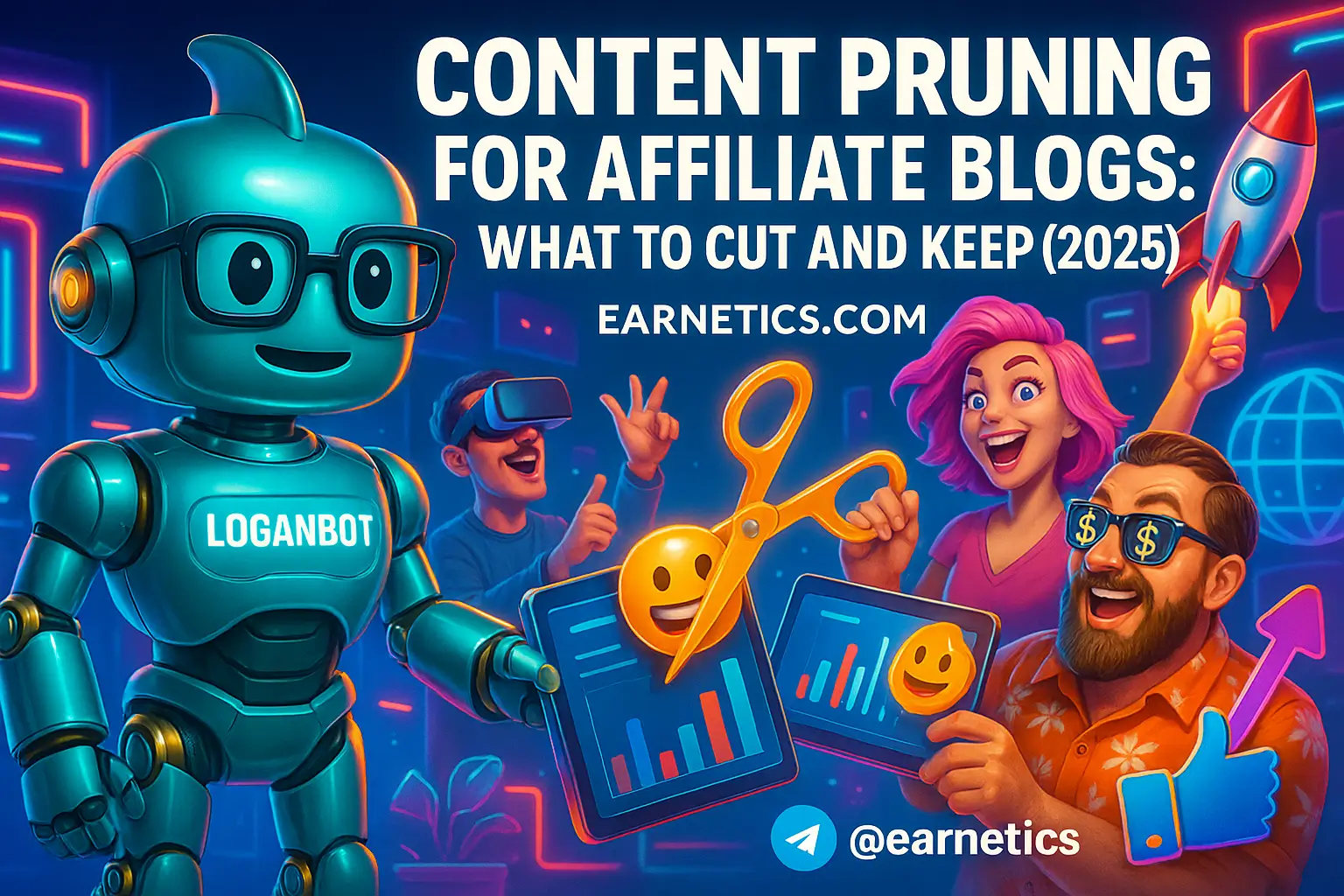Affiliate tables that readers trust – what to show (and hide) in 2025
?Want affiliate tables that readers trust? I rebuilt my comparison pages in 2025 to boost clicks and credibility – here are clear rules for what to show and hide.
I still remember the cold sweat when my analytics showed high clicks but garbage conversions. I wanted affiliate tables that readers trust, not flashy carousels that looked like vending machines. Over three years embedded with a top social media team and a bunch of late-night A/B tests, I learned the exact balance between business goals – CTR, conversions, compliance – and what readers actually want – clarity, honesty, and quick decisions.
In this article I walk you through design, transparency, data accuracy, trust signals, and mobile performance. You’ll get tactical rules for the table layout, sample disclosure copy that doesn’t sound like legal vomit, automation tips for keeping prices current, and mobile hacks that don’t kill page speed. I promise practical examples you can copy into your CMS tonight and a readable checklist at the end so you can stop guessing and start shipping.
Quick keyword map I used when rebuilding my pages:
1. Main keyword: affiliate tables that readers trust
2. Secondary keywords: product comparison table, affiliate comparison table, comparison table design, affiliate disclosure best practices, mobile comparison table, update product prices, star rating schema
3. LSI and related phrases: comparison table trust signals, table last updated, price provenance, sponsored label, user review aggregation, responsive tables, accessibility for tables, CTA hierarchy, affiliate relationship disclosure
Design & Layout (comparison table design)
I treat table design like a handshake – firm, clear, and not trying to sell you a timeshare. When I redesigned my comparison tables, I stripped them down to essentials: product name, price or price range, a star rating, 2–3 key features, and a one-line verdict. That’s the data readers scan in 3 seconds before they decide.
Essential columns I show are deliberately minimal. Product name sits left for scannability, then price or price range, then star rating with review count, then 2–3 short bullet-style features, and finally a one-line verdict plus the primary CTA. That one-line verdict is my secret handshake – honest, tiny, and decisive.
What I hide or de-emphasize: full spec dumps, giant spec sheets, and redundant CTAs that scream BUY BUY. I also avoid confusing badges that look like editorial seals unless they are earned and verifiable. If a badge is sponsored, I label it as such so it does not pretend to be an independent award.
Layout tactics that build trust are simple but often ignored. Use sticky headings so column labels never disappear, keep a clear CTA hierarchy with the primary affiliate link visually distinct and secondary links muted, and maintain consistent row logic so every product is comparable across the same features. Consistency means the reader doesn’t have to do mental math – which is why they’ll click the honest CTA instead of bouncing.
Transparency & Disclosures (affiliate disclosure best practices)
Transparency is nonnegotiable. I put a short disclosure above every table and repeat a concise version beside each primary CTA. The first disclosure line is unglamorous but human – something like: “I may earn a commission if you buy through links below. I test products and list my honest view.” That line is short, readable, and placed where readers’ eyes land.
Sample phrasing I actually used: “This table contains affiliate links. I test and update these picks regularly; purchases may earn a small commission at no extra cost to you.” Placed above the table and again inline near the CTA, it stops the “oh crap they’re hiding fees” suspicion before it starts. I always avoid legalese that looks like a tax form.
I also state editorial stance clearly – whether rankings are editorial, data-driven, or influenced by paid placements. If a row is sponsored, I label it with a subtle color treatment and a sponsored tag. Don’t bury paid relationships in a privacy policy 27 clicks away. Readers reward honesty with trust, and trust converts better long term.
What not to hide: affiliate relationships, sponsored rows, and the method behind rankings. When I disclosed that some rows were based on merchant data and others on lab tests, the surprise refunds and complaints dropped. Transparency is boring but profitable.
Data & Accuracy (data accuracy for affiliate tables)
Readers assume tables are accurate until you prove them wrong. I always show provenance and timestamps – price source, last-updated date, and a short note on data source like API, merchant feed, or manual check. Seeing “last updated: 2025-09-12” removes a lot of buyer friction.
My update cadence varies by vertical. For fast-moving products I automate price pulls hourly with merchant feeds or APIs. For slower niches I run a weekly sweep and a manual audit monthly. Automation saved me hours – and that’s where my secret weapon Make.com came in. More on that in the conclusion.
Automation tips that worked: set feed alerts for price changes, use cheap cron jobs to re-fetch star ratings, and build a simple queue for manual checks when a flag triggers. I also keep a manual audit checklist: verify top 5 products, check affiliate links, confirm stock statuses, and update the timestamp.
What I hide or mark clearly: outdated offers, out-of-stock items, or region-restricted pricing. I don’t delete the row immediately. Instead, I gray it out, show “out of stock” or “price no longer available”, and archive older deals behind a filter. That way readers know the recommendation was valid once, and I avoided the embarrassment of promoting a dead deal.
Trust Signals & Social Proof (trust signals in affiliate marketing)
Social proof is currency. But fake proof is worthless. I include aggregated user reviews, a short sample quote or two, and review counts linked to full reviews so readers can verify. A “4.5 from 2,342 reviews” line with a link to the review page beats a random “Top Pick” badge any day.
Independent verification is king. I add third-party badges or links to lab tests when available, and I link out to sources so skeptical readers can fact-check me. If I claim battery life is 12 hours, I link to the test or to the manufacturer’s specs; no invented numbers, thanks.
What to avoid or display carefully: cherry-picked testimonials and influencers-only praise. Instead of plastering one glowing quote, I show a representative pros and cons box that includes recurring complaints. That honest friction reassures readers that I’m not sanitizing reality to force a sale.
I also use schema where appropriate so star ratings appear in search results. That small SEO win increases organic CTR, but the real win is lowering bounce rate because people see consistent signals between search snippet and on-page table content. Verified social proof + transparent sourcing = trust that sticks.
Mobile & Performance (mobile-friendly affiliate tables)
Most of my traffic is mobile, so I design tables for small screens first. Responsive stacking, priority columns, and swipeable or accordion rows are my go-tos. On mobile, show product name, price, and one-line verdict by default; reveal features and ratings in an accordion.
Performance matters as much as layout. I lazy-load images, minimize scripts, and defer heavy JS for after interaction. Accessibility also matters – I add ARIA labels to table controls and ensure keyboard navigation works. Slower pages kill trust as fast as mislabels do.
On mobile I hide heavy elements like large gallery images, long comparison rows, or autoplay media. Instead, I offer a “view full table” link that opens the desktop-style layout for users who want more detail. That keeps the mobile UX quick while still offering depth to power users.
Simple rules I follow: prioritize essentials, collapse extras, and never force a huge script just to show a neon CTA. The faster and simpler the mobile experience, the more likely readers are to click without suspicion.
Conclusion
After rebuilding enough pages to cry into my analytics, I boiled the playbook down to a few core rules. Show clarity – product name, price, key features, star rating, and a one-line verdict. Show transparency – a clear disclosure above the table and a short note near CTAs, plus labels for sponsored rows. Show provenance – timestamps and data sources. Use verifiable trust signals – aggregated reviews and third-party tests. Hide clutter and misleading elements – full spec dumps, fake badges, and stale offers.
Here’s a quick implementation checklist I use when shipping a table: design: minimal columns, sticky headers, clear CTA hierarchy; disclosure: short top-line disclosure plus inline CTA note; data pipeline: set up feeds, alerts, and a monthly manual audit; trust signals: aggregate reviews, link sources, and avoid cherry-picked quotes; mobile checks: collapse nonessential columns, lazy-load assets, and test on real devices. Prioritize these in that order for the fastest impact.
Ethically speaking, transparency protects conversions. I learned that hiding affiliate relationships might squeeze a short-term click boost, but it increases refunds, reversals, and long-term churn. Clear labeling reduces complaints and keeps affiliate partners happy – which keeps commissions steady. Also, regulators like to be taken seriously, and your legal team will thank you for honest disclosures.
Next steps and measurement: A/B test layout and CTA hierarchy, track CTRs plus refund and reversal metrics, and schedule cadence-based audits so your table never reads like an antique. If you want a concrete test to run this week – swap a heavy image for a one-line verdict and watch your mobile CTR climb. I did that and my bounce rate dropped almost overnight.
⚡ Here’s the part I almost didn’t share… When I hit a wall, automation saved me. My hidden weapon is Make.com – it handles feeds, triggers alerts, and reduced my update time from hours to minutes. I worked a deal so you get an exclusive 1-month Pro (10,000 ops) free.
🔥 Don’t walk away empty-handed. If this clicked for you, my free eBook “Launch Legends: 10 Epic Side Hustles to Kickstart Your Cash Flow with Zero Bucks” goes deeper with templates and checklist items I used to scale trust-based affiliate pages.
Want more examples and templates? Explore more guides on Earnetics.com. For a deep dive on table usability and scannability, the Nielsen Norman Group has smart research I referenced: https://www.nngroup.com/articles/tables/.


